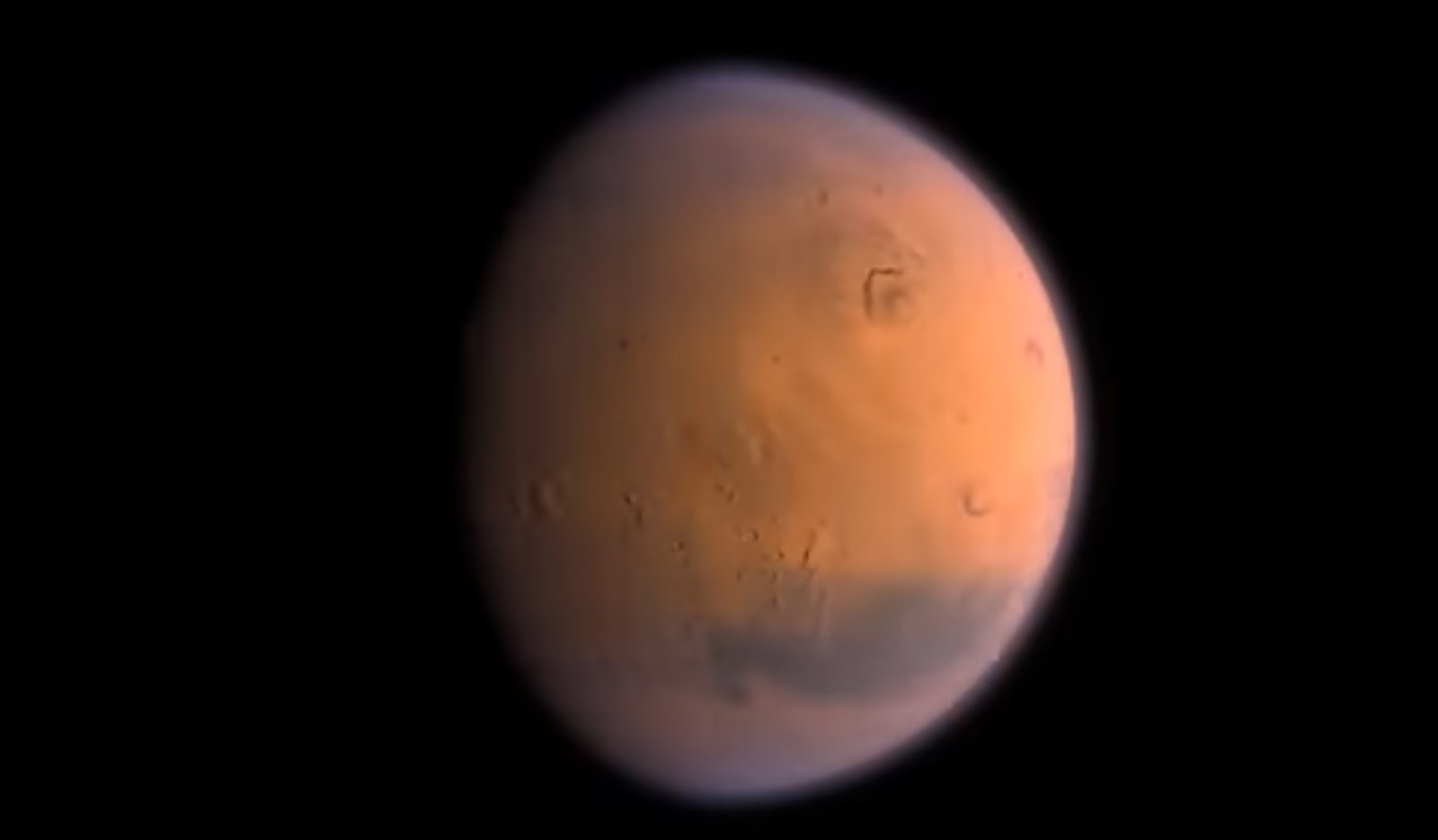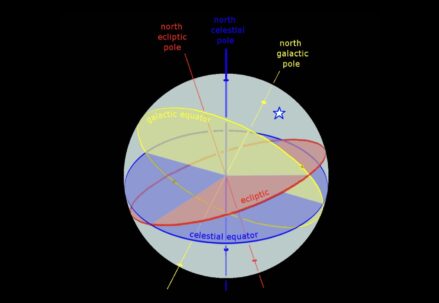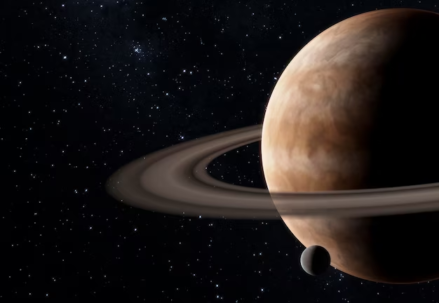In the halls of the Science Outreach University (SOU), there’s a dedicated science student who sees the world from a unique perspective, ranging from the microscopic realm of atoms to the vast expanses of galaxies. Their daily journey of discovery fuels a burning desire to disseminate their fascination and expertise. This individual’s interests aren’t just confined to the academic sphere; they also indulge in science fiction, take pleasure in swimming, enjoy delving into books, and have a flair for makeup.
SpaceX’s Mars Ambitions: A Distant Dream or a Tangible Future?
SpaceX, under Elon Musk’s guidance, has revolutionized the space industry by slashing travel costs, reusing rockets, and opening the gates to space tourism. Yet, the monumental task of Mars colonization remains elusive. Musk’s radical ideas, such as terraforming Mars by detonating nuclear bombs at its poles, have been a source of both intrigue and controversy. This concept, once discussed on “The Late Show With Stephen Colbert,” recently resurfaced, sparking debate and skepticism among the public and scientific community alike.
The Controversial Method of Terraforming Mars
Elon Musk’s proposal to terraform Mars by detonating nuclear bombs above its poles is a testament to the boldness and imagination that define modern space exploration. This plan, aiming to release greenhouse gases and create artificial mini-suns, aspires to transform the cold, barren landscape of Mars into a warmer, more hospitable environment. By vaporizing the ice caps, the idea is to release water and carbon dioxide, potent greenhouse gases, to initiate a warming effect on the planet. However, this approach is not without its profound complexities and dilemmas.
The proposal, while groundbreaking, has sparked significant debate within the scientific community and beyond. Critics raise questions about the practicality of such an endeavor. The sheer scale of engineering and the number of nuclear devices required make this an unprecedented venture in human history. Moreover, the ecological implications of altering an entire planet’s climate through nuclear means are enormous and largely unpredictable.
Furthermore, the ethical dimensions of such an intervention are profound. This plan brings into focus the broader debate about humanity’s right to alter extraterrestrial environments. It raises critical questions about the limits and responsibilities of human actions in space. Should we, as a species, exercise such power over another planet? Are the potential benefits of making Mars more Earth-like worth the risks and uncertainties involved in such a drastic alteration of its natural state? These considerations reflect the need for a careful, balanced approach to space exploration. As we move forward, it is crucial that such ambitious plans are weighed against their potential impacts on both the targeted environments and our broader understanding of planetary science and ethics. Musk’s vision for Mars opens a window into the future of space exploration, one that demands not just scientific and technical prowess, but also a deep consideration of our role and responsibilities in the cosmos.
Exploring Alternatives to Nuking Mars
In the dynamic realm of scientific progress and technological innovation, the concept of terraforming Mars is being reimagined with alternatives that veer away from the drastic and contentious approach of nuclear explosions. These alternatives not only aim to achieve the objective of making Mars habitable but also seek to do so in a manner that is more harmonious with the planet’s natural ecosystem.
One such alternative involves the use of genetically engineered photosynthetic organisms. These organisms, tailored to thrive in the harsh Martian environment, could potentially kickstart a biological process to produce oxygen and organic compounds, thereby contributing to the creation of a self-sustaining biosphere. This bioengineering approach could be a game-changer in terraforming, leveraging the power of life itself to transform the Martian landscape.
Another method under consideration is the mechanical melting of the Martian polar ice caps. This non-nuclear approach could release water and carbon dioxide, contributing to a greenhouse effect without the risks associated with nuclear fallout. This method, while challenging, represents a more controlled and gradual approach to altering the Martian climate.
The proposition of bombarding Mars with asteroids is another intriguing option. This method draws inspiration from theories about Earth’s own climatic evolution due to asteroid impacts. Such impacts could potentially release substantial amounts of heat and gases, contributing to atmospheric change on Mars.
Finally, the concept of using massive space mirrors to focus sunlight onto Mars presents a novel approach to warming the planet. By amplifying the solar radiation reaching Mars, these mirrors could gradually increase the planet’s temperature, potentially triggering a cascade of climatic changes conducive to habitability. Together, these alternatives paint a picture of a future where interplanetary environmental engineering is achieved through a blend of biological, mechanical, and astronomical techniques. Each method offers a unique pathway to the same goal: transforming Mars into a world where humans might one day live and thrive. As we stand on the brink of this new era, it’s crucial that our efforts to reshape Mars are guided by a commitment to sustainability, ethical responsibility, and a deep respect for the natural order of our solar system.
The Future of Mars Colonization and Astrophysics Education
While the debate over the most suitable method for terraforming Mars continues, the pace of scientific advancement holds promise for future colonization endeavors. Meanwhile, those eager to understand the cosmos can delve into the 30-article Basics of Astrophysics series offered by SOU, covering a range of topics from stars and galaxies to complex astrophysical concepts. This series, available for free, is a treasure trove for anyone yearning to comprehend the universe.
Conclusion: Balancing Dreams and Realities in Martian Exploration
As we stand at the crossroads of interplanetary exploration, the dream of colonizing Mars presents a blend of awe-inspiring possibilities and daunting challenges. The endeavors of SpaceX and visionaries like Elon Musk have undeniably propelled humanity closer to this dream, yet the pathway is fraught with complex ethical, environmental, and technical questions. The idea of terraforming Mars, particularly through controversial methods like nuking, underscores the fine line between groundbreaking innovation and the responsible stewardship of celestial bodies.
Critically, these discussions transcend the realm of scientific possibility and venture into the ethics of planetary intervention. How far should humanity go in altering an extraterrestrial environment? The pursuit of a habitable Mars brings to light the delicate balance between our ambitions for space conquest and the need to preserve the natural state of planets. It also reflects our deep-rooted desire to not just explore, but to adapt and potentially inhabit other worlds.
The alternatives to nuclear terraforming – from introducing engineered organisms to deploying space mirrors – represent a more cautious approach, aligning with the principles of astrobiology and planetary protection. These methods might hold the key to a less intrusive, yet effective way of making Mars habitable.
In conclusion, the journey to Mars is more than a physical voyage; it’s a profound journey of scientific inquiry, ethical consideration, and technological innovation. As we continue to push the boundaries of what’s possible, it’s crucial that our actions are guided by a respect for the unknown and a commitment to the responsible exploration of space. The dream of Mars is within reach, but it must be pursued with caution, respect, and an unyielding curiosity about the universe and our place within it.





